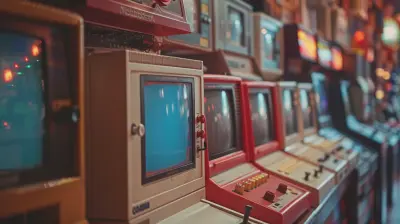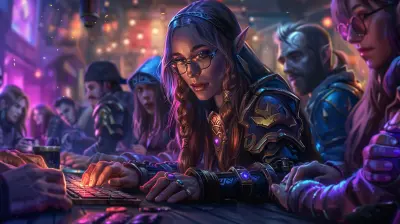RGB Lighting: Aesthetic or Essential for Immersive Gaming?
8 July 2025
Let’s face it—when you walk into a gamer’s setup drenched in a rainbow of lights bouncing off every surface, it’s hard not to go, “Whoa!” RGB lighting has become the unofficial badge of honor for gamers everywhere. But here’s the real question: is RGB lighting just eye candy, or does it actually make your gaming experience better?
In this deep dive, we’re going to unpack the hype behind RGB lighting. Is it purely aesthetic, or is there more going on behind those pulsating lights? Let’s roll up our sleeves and get straight into it.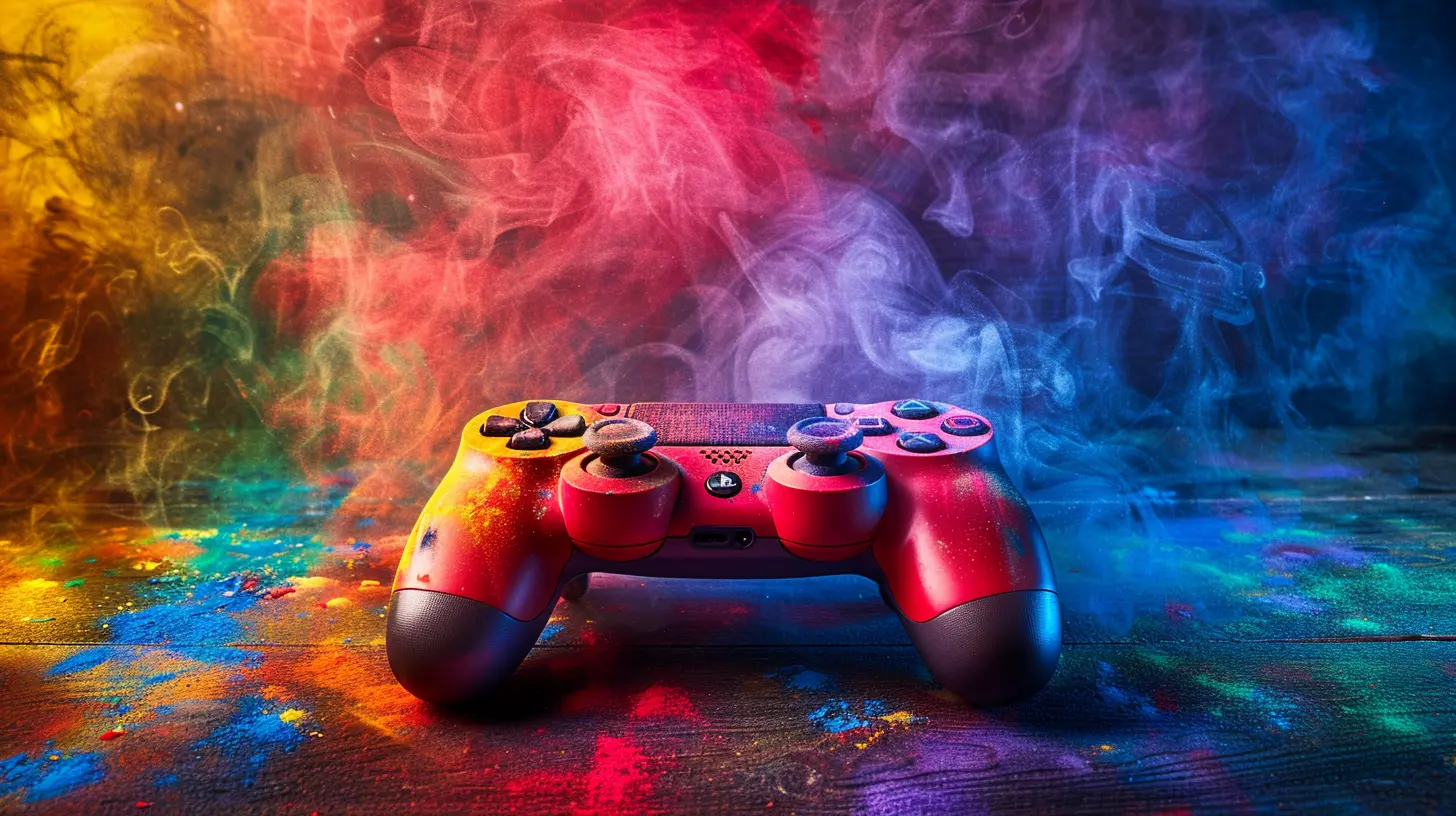
What Exactly Is RGB Lighting?
Before we go full throttle, let’s break it down.RGB stands for Red, Green, and Blue—the three primary colors of light. By blending these, you can produce over 16 million colors. Pretty wild, right? In gaming, RGB lighting shows up in everything from keyboards, mice, and headsets to entire PC cases and even desks and chairs.
We’re not just talking about static lights. These are dynamic, programmable light shows synchronized with your gameplay, music, or even your mood.
So it lights up… but is it actually useful?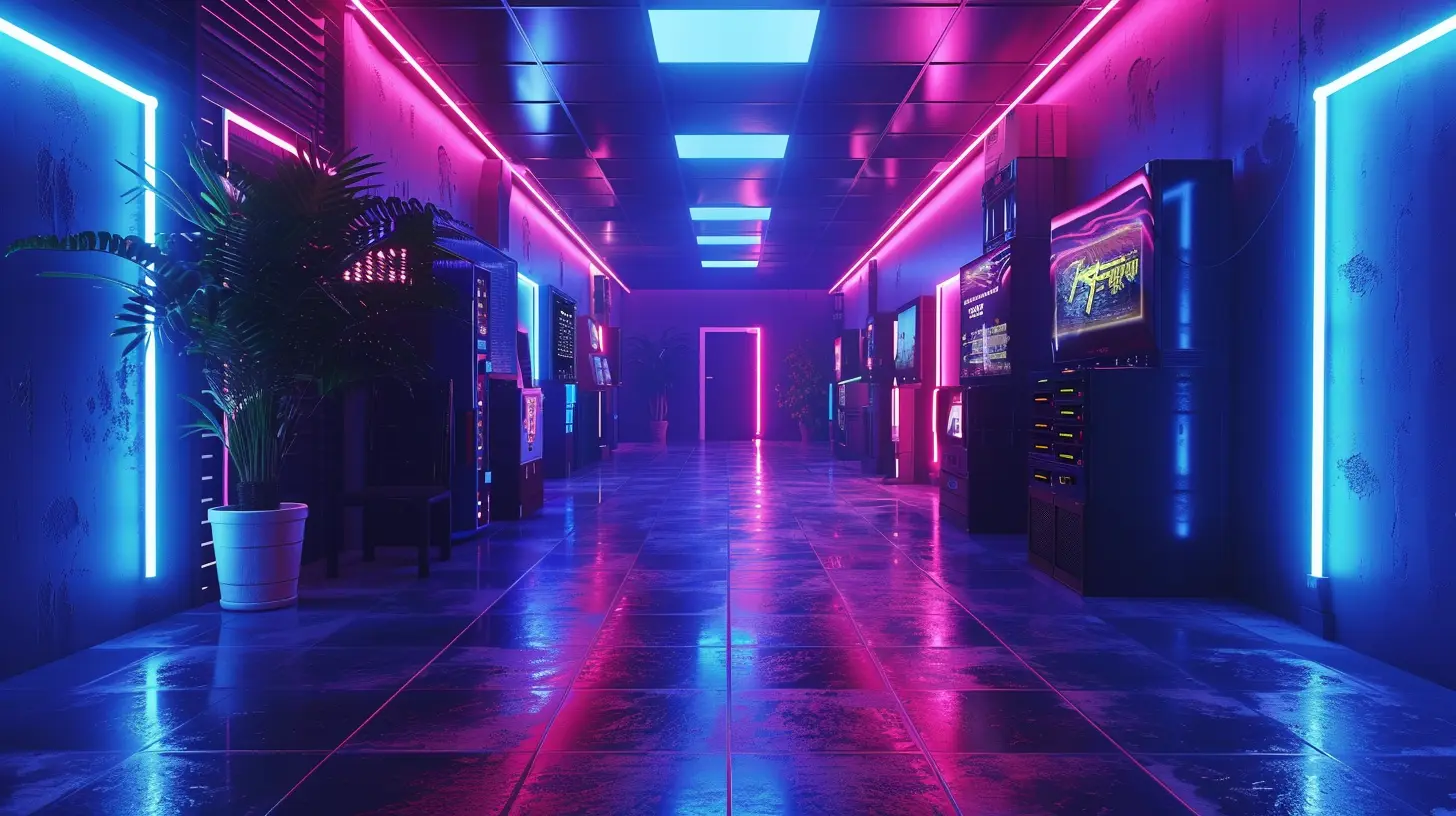
The Rise of RGB in Gaming Culture
RGB lighting wasn’t always a thing. Back in the early 2000s, the most "custom" your setup got was maybe a blue LED case fan. Fast forward to now, and RGB is everywhere.Why the sudden obsession?
1. The Streaming Boom
Streaming changed the game—literally. With platforms like Twitch and YouTube Gaming, players aren't just playing; they're performing. RGB lighting creates a killer backdrop and adds personality to streams. It looks cool, and let’s be honest, viewers love it.2. Personalization Overload
Gamers love to stand out. Whether it's a custom PC build or a unique color theme, RGB gives you that creative freedom. You can match your lighting to your game, your mood, your pet—whatever you want.3. Tech Got Smarter
RGB tech evolved. We moved from basic static lights to synchronized lighting that reacts to in-game actions. Take a hit in a game and your keyboard glows red. Low on ammo? Your mouse pulses yellow. That’s not just cool—it’s clever.But let’s not get ahead of ourselves. Does it actually help you play better?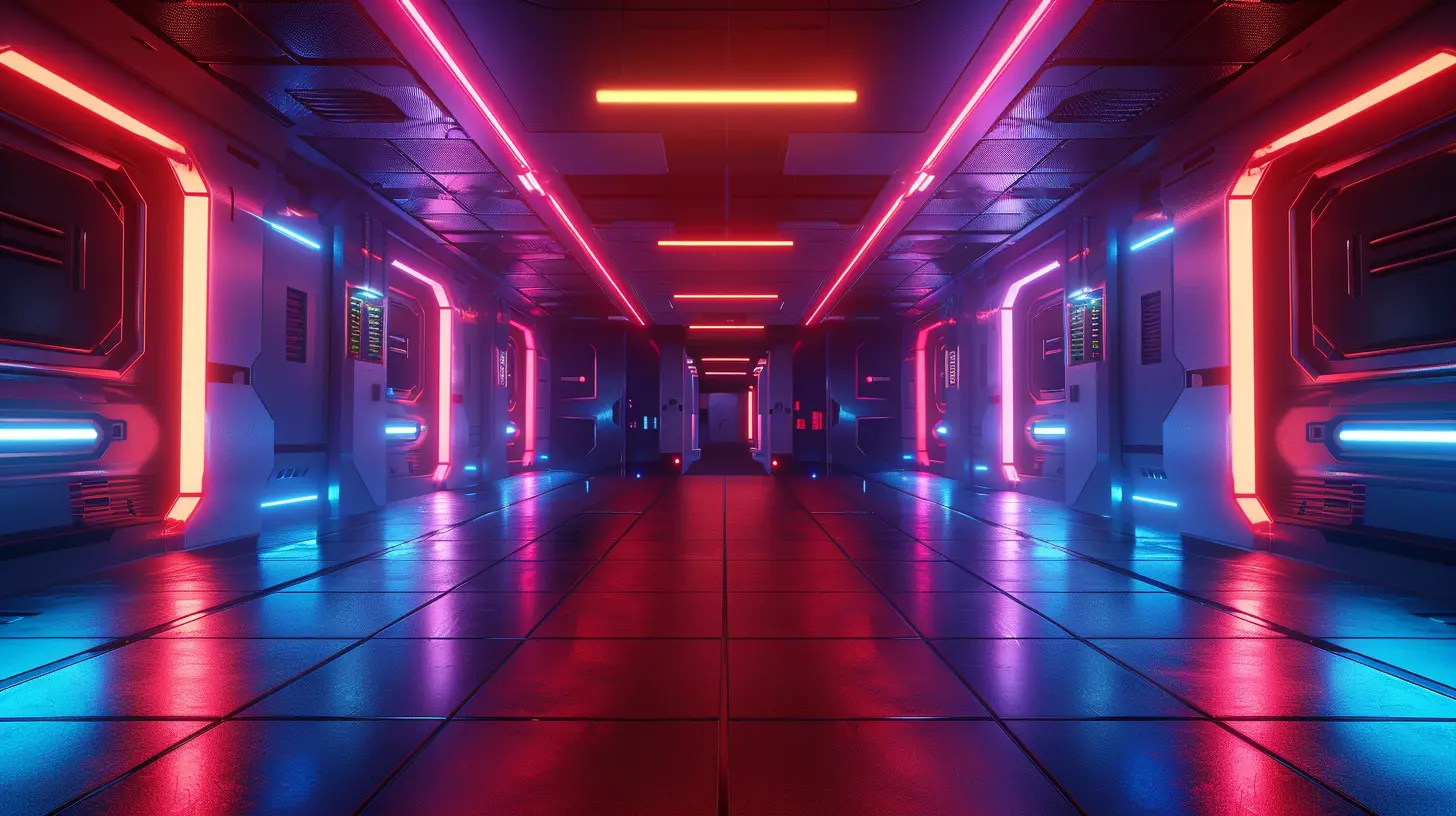
Aesthetic Appeal: The Obvious Draw
No one’s denying it—RGB looks freaking awesome.You boot up your rig, lights ripple across your desk, and you feel like you’re stepping into another world. It’s immersive just in the visual sense. This is where RGB shines, literally and figuratively.
Mood Setting & Ambiance
Lighting affects how we feel. Think about warm candlelight versus harsh fluorescent tubes. Same goes for gaming. A cool blue glow creates a chill vibe while intense red flickers can crank up the adrenaline.RGB lighting, when well-planned, enhances immersion by syncing visuals with the tone of the game. Playing a horror game? Dim red and purple lights can seriously up the fear factor. Launching into space battles? Cyan and white strobes bring the sci-fi feels.
It’s not just about looking good—it’s about feeling the game.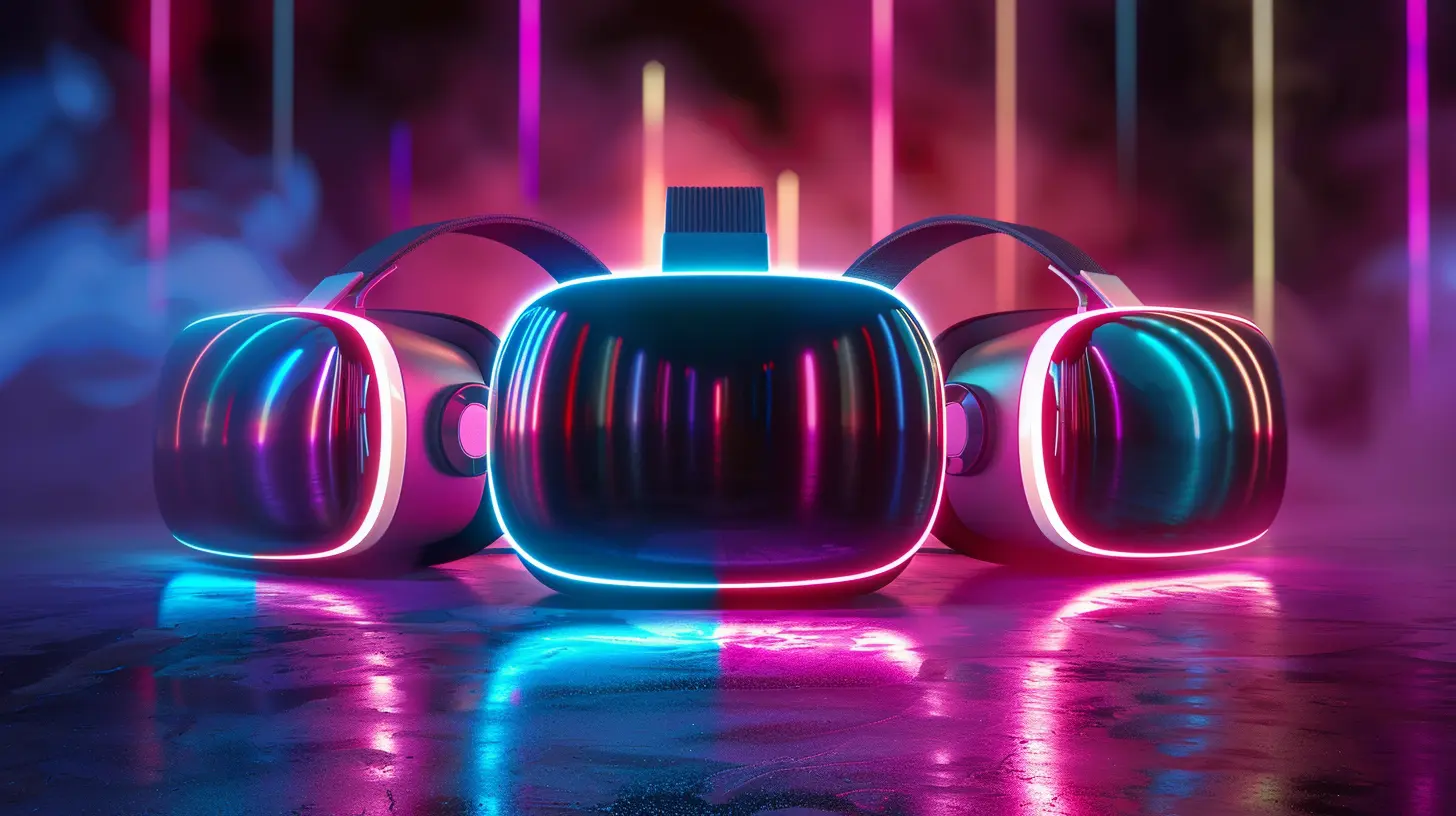
Functionality: More Than Just Pretty Lights?
Now here’s where we hit the juicy debate—can RGB lighting actually improve your gameplay?1. Visual Cues and Feedback
Some gaming peripherals now feature reactive lighting. That means your hardware responds to in-game events. For example:- Keyboard turns red when your health is low.
- Headset lights pulse to the rhythm of the music.
- Mouse glows in line with weapon cooldowns.
These cues can give you an edge. You get real-time info without even glancing at the screen. It’s like having a sixth sense—only it’s made of lights.
Let that sink in.
2. Better Focus and Eye Comfort
Bet you didn’t see this one coming. RGB lighting, especially in low-light environments, can actually reduce eye strain. By creating soft ambient lighting (instead of a super bright screen in a pitch-black room), your eyes don’t have to work as hard.This is where LED bias lighting behind monitors comes into play, and you guessed it—RGB makes it customizable. Cool hues are easier on the eyes during long gaming sessions.
3. Organization and Clarity
RGB can also help with functionality. Think about hotkeys. If your keyboard lights up specific keys for different games or keybindings, you’re less likely to fumble mid-battle.It’s like color-coding your skills. Efficient and slick.
When It Crosses Into Overkill
Let’s not sugarcoat it—sometimes RGB goes way too far.You know the setups that look like a unicorn exploded? Rainbow puke everywhere. That kind of overkill doesn’t boost immersion, it distracts. If lights are bouncing off your walls in 12 different patterns, it’s not helpful—it’s chaos.
Too much RGB can also get annoying when you’re trying to relax or focus. Not to mention, it can draw power and potentially heat things up in extreme cases.
So, moderation is key. Keep it clean, keep it intentional.
The Verdict: Aesthetic or Essential?
It’s not a black-and-white answer (or red-green-blue, in this case).🎮 The Case for Aesthetics
RGB lighting enhances the visual charm of your setup. It’s fun, it’s creative, and it makes your space feel like it belongs to a gamer. It’s a form of self-expression, and honestly, who doesn’t want their setup to look straight-up fire?🔧 The Case for Utility
In certain cases, RGB can genuinely enhance immersion and gameplay. From offering helpful visual feedback to reducing eye strain, there’s definitely more to it than a pretty light show.But here’s the thing—RGB isn’t essential. You don’t need it to win. It won’t make your APM skyrocket or give you eagle-eye aim. But it can make your gaming experience more enjoyable and tailored to you.
So, is it aesthetic or essential?
Honestly… it’s both. Just not in the way you might expect.
Choosing the Right RGB Setup
Thinking of jumping on the RGB train (or updating your current setup)? Here's what to look for:1. Syncing Capabilities
Look for gear that syncs across devices. Brands like Razer, Corsair (iCUE), and Logitech (G HUB) offer ecosystems that let your entire setup respond in unison. Nothing breaks immersion like mismatched lighting patterns.2. Customization Options
The more control you have, the better. Choose peripherals with software that lets you tweak colors, brightness, and effects down to a granular level.3. Ambient Lighting
Consider adding ambient LED strips behind your monitor or desk. They create a smoother lighting environment and reduce eye strain—practical and pretty.4. Game Integration
Want full immersion? Go for hardware that syncs with in-game events. Some gaming ecosystems now offer lighting profiles specifically for popular games.Gamer Opinions: What the Community Thinks
To really nail this topic, I asked around in a few gaming communities—Reddit, Discord, and even local LAN groups. Here’s what real gamers had to say:- “RGB doesn’t make me play better, but it makes me feel better. And that’s enough.”
- “I use it to match my team’s colors during esports tournaments. It’s a vibe.”
- “Too much RGB is annoying. I keep mine subtle—just a cool glow behind the monitor.”
- “Once you go RGB, you don’t go back. It adds soul to the setup.”
So there you have it. RGB means different things to different gamers. And that’s kinda the point—it’s personal.
Final Thoughts
RGB lighting might not be a game-changer in terms of raw performance, but in terms of experience? It’s a massive win.It’s the difference between just playing a game and feeling like you’re in one. Whether it's helping you stay focused, building the mood, or just making you grin every time you sit down to play—it adds value.
So, is RGB lighting aesthetic or essential for immersive gaming?
Let’s call it what it really is—a delicious blend of both. Not mandatory, but oh-so-satisfying.
Just don’t forget to turn off the light show before bed.
all images in this post were generated using AI tools
Category:
Gaming GearAuthor:

Brianna Reyes
Discussion
rate this article
2 comments
Wolf Hamilton
Great read! Lighting enhances atmosphere, but personal preference truly defines immersion.
December 8, 2025 at 5:46 AM

Brianna Reyes
Thank you! I agree—while lighting plays a crucial role, personal preference ultimately shapes the gaming experience.
Kassidy McAnally
Great article! It's fascinating how RGB lighting can enhance the gaming experience for some while being seen as unnecessary by others. It’s all about personal preference and what makes each player feel immersed.
July 23, 2025 at 2:40 PM

Brianna Reyes
Thank you! I completely agree—RGB lighting definitely comes down to personal preference and plays a unique role in enhancing immersion for many gamers.
